Succubus: The Seductive Demon of Folklore and Fantasy
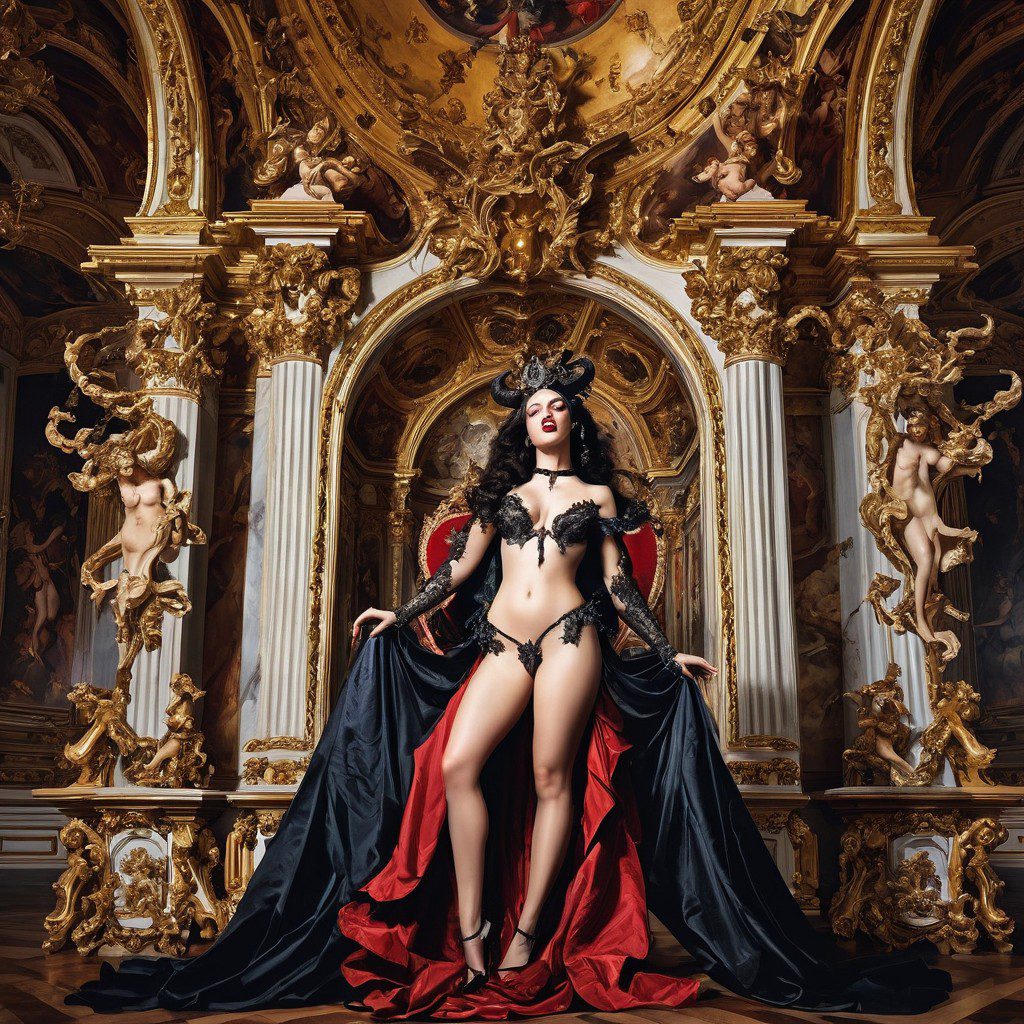
A Succubus is a demon or supernatural entity in folklore and mythology, often depicted as a beautiful woman who seduces men in their dreams, feeds off their life energy, and sometimes even causes death. Her male counterpart is the Incubus, who similarly preys on women. The Succubus has evolved over time from a terrifying figure in religious folklore to a more complex and alluring character in modern fantasy, frequently representing temptation, seduction, and danger.
Originating from ancient and medieval traditions, the Succubus has long been associated with lust and sexual sin, but modern adaptations in literature, film, and video games often reimagine her as a morally ambiguous or even sympathetic character. Her demonic nature makes her a fascinating figure in the intersection of desire, danger, and the supernatural.
Origins and Mythological Background of the Succubus
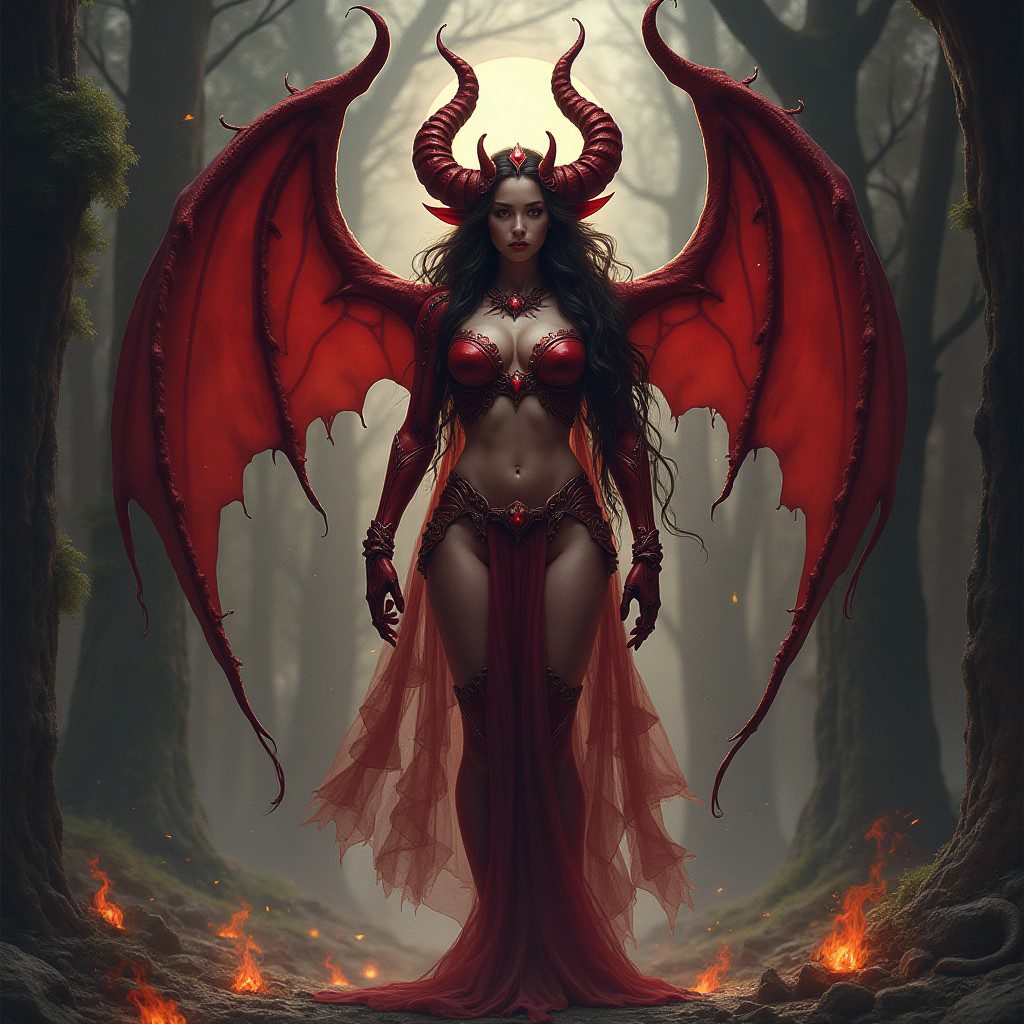
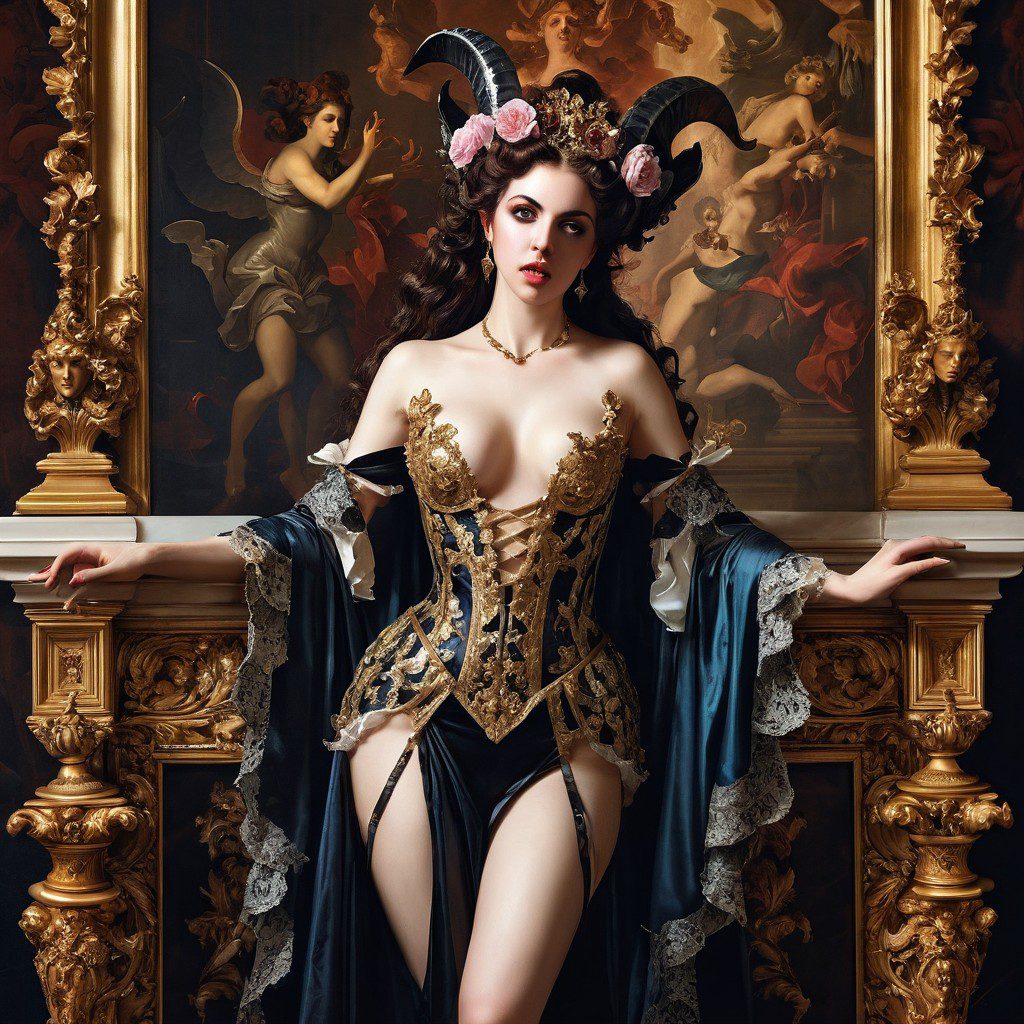
The idea of a demon that preys on humans during sleep dates back to ancient civilizations, though the term “Succubus” (from the Latin succubare, meaning “to lie beneath”) became popularized during the medieval period. The Succubus was believed to be a demon who took the form of a beautiful woman to seduce men in their dreams. She would draw energy or life force from her victims, sometimes leading to exhaustion, illness, or even death.
In ancient Mesopotamian mythology, a precursor to the Succubus was Lilith, a figure who, according to some Jewish traditions, was the first wife of Adam and later became a demoness associated with seduction and the death of infants. Lilith’s mythology shares themes of female power, sexual autonomy, and danger that are often reflected in later interpretations of the Succubus.
Medieval Christian Beliefs
In the Middle Ages, the Succubus became a part of Christian demonology. Church teachings warned against the dangers of lust, and the Succubus was seen as a manifestation of sexual temptation. Men who experienced erotic dreams or nighttime emissions were often said to be under the influence of a Succubus, who would visit them in the night to tempt and lead them astray.
The Succubus’ male counterpart, the Incubus, would visit women, similarly draining them of energy or impregnating them with demonic offspring. In medieval belief, both demons were associated with impurity, sin, and the dangers of unchecked desire. Religious texts and folklore often portrayed them as evil beings, sent by Satan to corrupt the souls of their victims.
Characteristics of the Succubus
The Succubus is traditionally depicted as an enchantress who embodies both beauty and danger. Her power lies in her ability to seduce and drain energy from her victims through intimate contact, particularly during sleep.
1. Seductive Appearance
The Succubus typically appears as a beautiful and alluring woman, using her physical attractiveness to manipulate and seduce her victims. She can often change her form to suit the desires of her target, appearing as their idealized partner. While her outward appearance is stunning, it often conceals her true demonic form, which can include bat-like wings, horns, or a tail—marking her as a creature of the underworld.
2. Dream Manipulation
One of the Succubus’ defining traits is her ability to enter the dreams of her victims. In these dreams, she engages in acts of seduction and feeds off the energy of her target. In some stories, victims are completely unaware that they are being attacked, while in others, the experience is accompanied by feelings of suffocation or a draining sensation.
3. Energy Drain and Life Force Consumption
A Succubus sustains herself by feeding on the life energy of her victims, usually through sexual contact or dreams. In many myths, this act leaves the victim weak, exhausted, or even dead. Over time, repeated visits from a Succubus can lead to a person’s gradual deterioration, as their life force is siphoned away.
4. Shape-Shifting and Immortality
Succubi are often portrayed as immortal demons who can take on any appearance they desire, making them highly skilled in deception. Their ability to transform allows them to infiltrate societies and manipulate individuals with ease. In many stories, they maintain a youthful and beautiful appearance, but their true form reveals their demonic nature.
Succubi in Modern Fantasy and Pop Culture
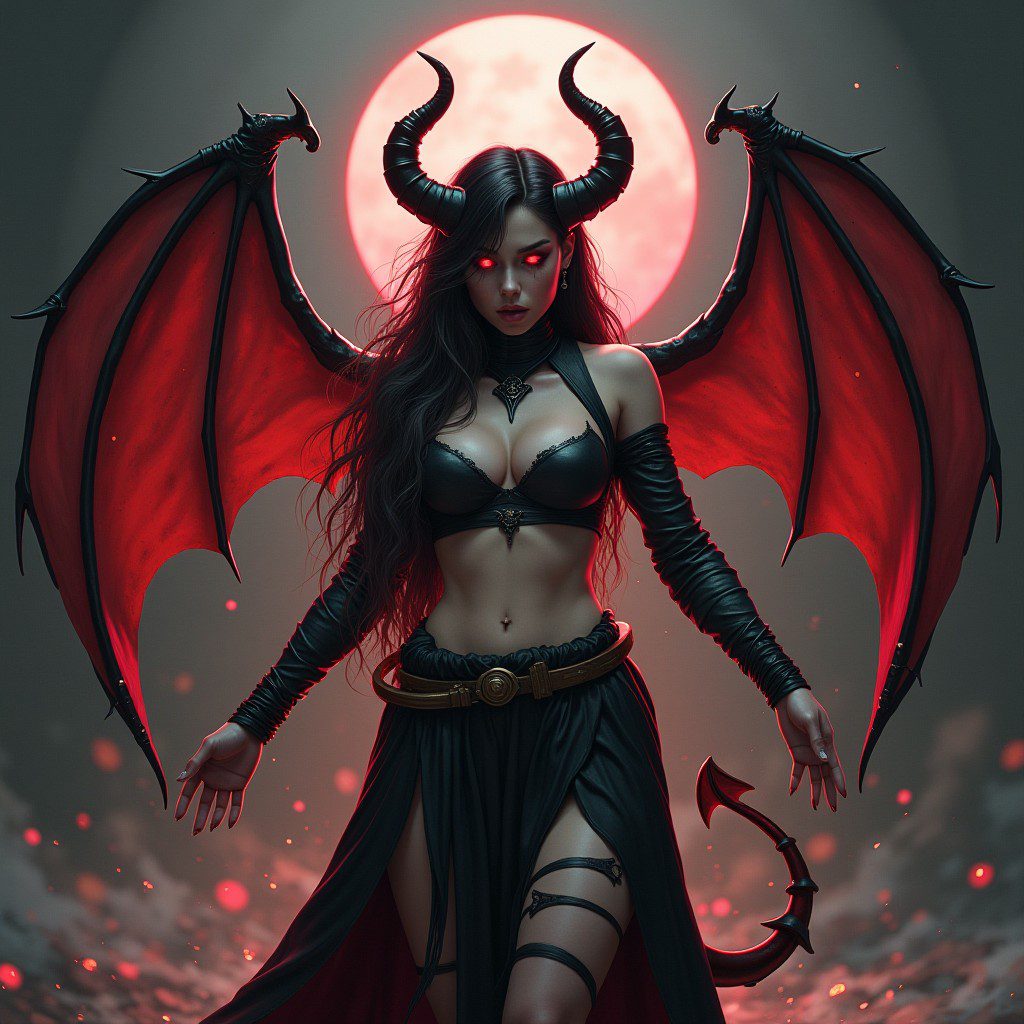
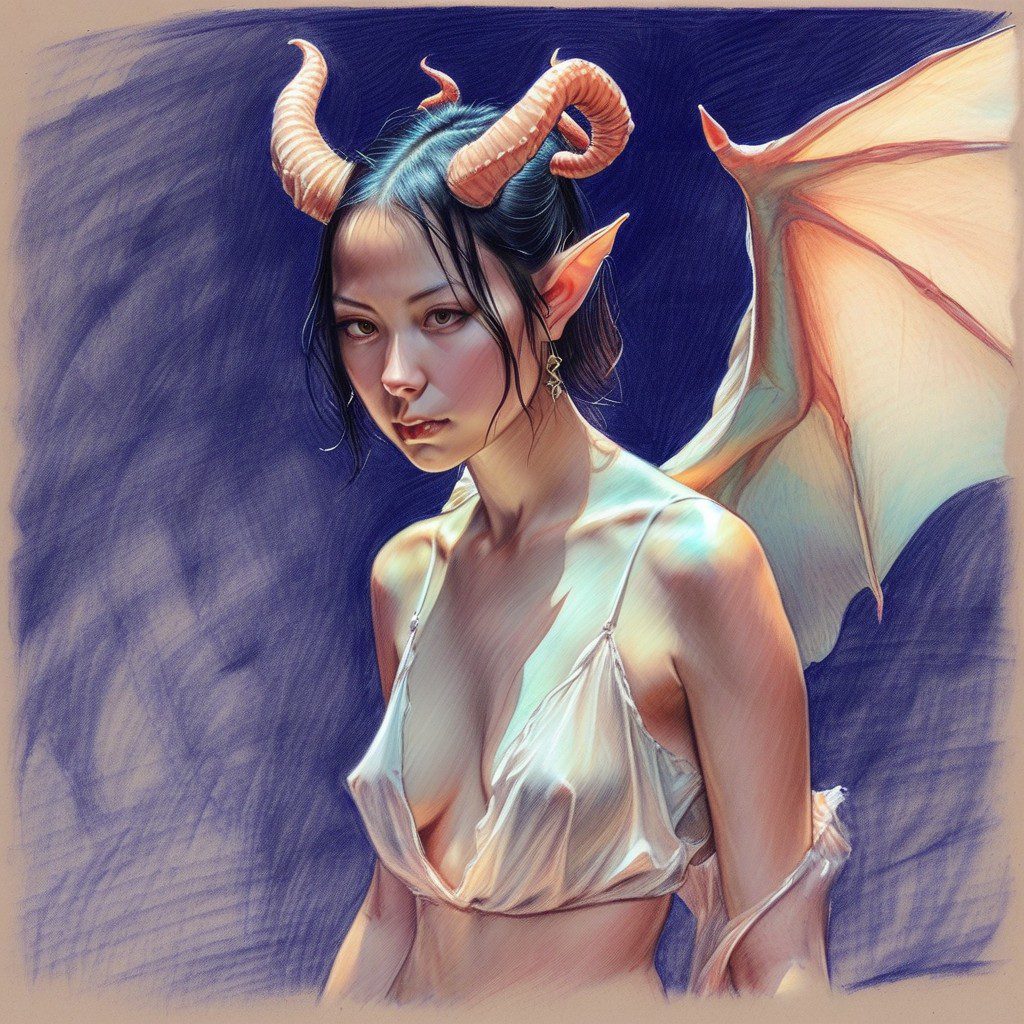
In modern fantasy, the Succubus has evolved from a purely malevolent figure into a more complex and varied character, sometimes portrayed as tragic, sympathetic, or even heroic. Succubi now appear in a wide range of media, from literature and films to video games and role-playing games.
1. Video Games
Succubi are common enemies or characters in many fantasy video games, where they maintain their seductive and dangerous traits.
- Diablo: In Blizzard’s Diablo series, Succubi are portrayed as alluring demons who attack the player with magic and melee attacks. Their appearance is typically marked by dark wings and a humanoid, yet demonic, form.
- Castlevania: The Castlevania games frequently feature Succubi as seductive enemies who use illusion and charm to trick and attack the player.
- World of Warcraft: In World of Warcraft, the Succubus is a demon minion that warlocks can summon. She uses her seductive charm to distract enemies, often wielding a whip and attacking with dark magic.
2. Literature
Succubi are popular in modern fantasy literature, where their roles can range from antagonists to antiheroes.
- The Dresden Files by Jim Butcher features Succubi as part of the supernatural landscape of Chicago, where they use their powers of seduction and manipulation to influence events.
- Succubus Blues by Richelle Mead is a series that portrays a Succubus named Georgina Kincaid as the protagonist. While Georgina must feed on human energy to survive, she struggles with the moral consequences of her actions, adding depth to the character and showing a more sympathetic side to the traditionally demonic figure.
3. Films and TV
Succubi frequently appear in TV shows and films as seductive villains or complex characters who challenge traditional gender roles.
- Lost Girl: The TV series Lost Girl follows the story of Bo, a Succubus who struggles to control her powers and live a normal life. The show presents a more nuanced portrayal of the Succubus, focusing on themes of autonomy, identity, and morality.
- Charmed: In the Charmed series, Succubi are portrayed as demons who seduce men and drain their life force. The show presents them in a more traditional villainous role, but with an emphasis on their magical powers.
Strengths and Weaknesses of the Succubus
Strengths:
- Seductive Charm: The Succubus’ primary power is her ability to seduce and manipulate. Her supernatural allure makes her incredibly persuasive and difficult to resist, allowing her to control or exploit her victims with ease.
- Dream Manipulation: Succubi are able to enter the dreams of their targets, often feeding on their energy without them even realizing. This ability makes them elusive and difficult to combat directly.
- Shape-Shifting: Many depictions of the Succubus grant her the ability to change her form, allowing her to adopt different appearances based on her target’s desires. This makes her adaptable and hard to detect.
- Life Force Drain: The Succubus can drain the life energy from her victims, making her a dangerous foe who can weaken or kill through prolonged contact. In some stories, she also gains strength or sustenance from the energy she steals.
Weaknesses:
- Dependent on Seduction: While the Succubus is powerful in her ability to manipulate and seduce, she often relies on these methods to sustain herself. If unable to feed on her victims’ energy, she may weaken over time.
- Vulnerability to Exorcism or Magic: As a demonic entity, the Succubus is vulnerable to magic, particularly spells or rituals designed to exorcise or banish demons. In some traditions, holy symbols or religious objects can repel her.
- Bound by Lust: The Succubus is often depicted as driven by lust, which can make her predictable in her methods. This obsession with seduction can sometimes cloud her judgment, leading her into situations where she is vulnerable.
The Succubus in Modern Symbolism
In addition to her role as a supernatural seductress, the Succubus has become a symbol for themes of temptation, desire, and power. In modern storytelling, she is often used to explore the complexities of sexual attraction and the dangers of unchecked lust, as well as the ways in which women’s power over their sexuality is viewed by society. The Succubus walks the line between being a victim and an agent of control, challenging traditional views on female empowerment and moral ambiguity.
The Legacy of the Succubus
The Succubus remains a powerful figure in both folklore and modern media, representing the seductive danger of unchecked desire and the complex relationship between power and temptation. Whether depicted as a demonic villain or a morally complex antihero, the Succubus continues to fascinate audiences with her allure, her dark powers, and her struggle between human and demonic nature.
Her enduring presence in mythology and modern fantasy ensures that the Succubus will continue to be a symbol of temptation, power, and mystery for generations to come.
